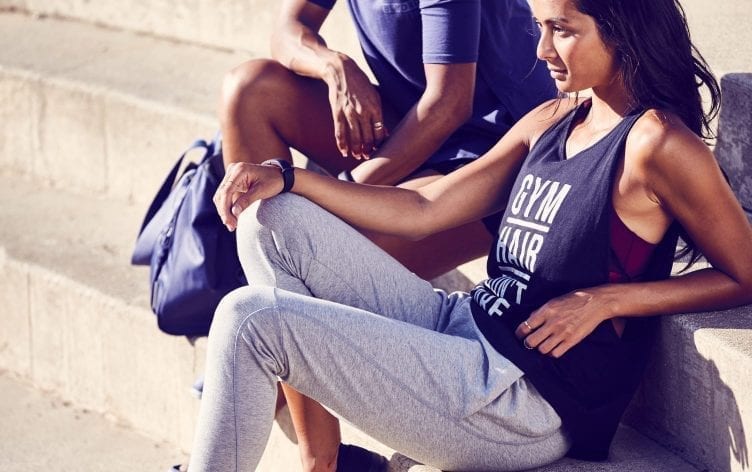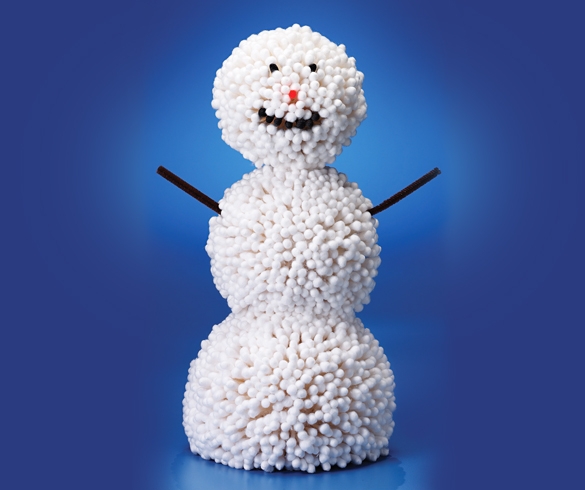
With all the effort we put into our workouts, it would be great if we could also burn extra calories while at rest, too. That’s where something called excess post-exercise oxygen consumption, or EPOC — a state your body gets into when you push yourself to your max — comes into play. Short bursts of all-out effort seem like more than a fair price to pay for the ability to burn extra calories for up to 48-hours post-workout. Right?
Here’s what you need to know about this added calorie burn.
WHAT IS EPOC?
During a high-intensity workout, there becomes an increased need for oxygen because of how hard you’re pushing your body. Think about how you feel after an all out burst of 20–30 seconds of work — you create an oxygen shortage so that during those 10 seconds of recovery that follow, you’re huffing and puffing because your body is trying to get oxygen back into it. This need to replenish oxygen continues after you’re done exercising, too, and is referred to as the “afterburn effect.”
“EPOC is the amount of oxygen your body needs to bring it back to its resting state after you’re done with your workout,” explains Kelvin Gary, NASM, founder and head coach at Body Space Fitness in New York City. “Your body’s metabolism is raised during this period of EPOC to bring your body’s function and oxygen levels back to homeostasis.”
As your body is working to get back to its resting state, it’s burning calories. How many calories exactly and for how long? “That all depends on things like current conditioning levels, body type and amount of muscle mass,” explains Gary, “So it will vary from person to person.” But according to the American Council on Exercise, the body expends 5 calories to consume one liter of oxygen, and this can last for up to 48 hours post-workout.
HOW DO YOU ACHIEVE EPOC?
Yes, technically speaking, EPOC happens when your body is at rest, so in a sense, it’s burning more calories than normal while you’re doing nothing. But like all good things in life, it doesn’t come free. According to the National Strength and Conditioning Association (NSCA), a few things can affect EPOC, with the main factor being the intensity of your exercise. Translation: The more intensely you work out, the more intense your afterburn will be.
But the duration of your workout matters, too. While high duration can achieve greater EPOC, NSCA finds that performing all-out bursts of 100% effort and lower total work makes for a better afterburn as well.
“Think max effort short sprints,” explains Gary. Heart rate and VO2 max closely correlate with EPOC, so short periods of getting your heart rate above 80% of your max heart rate are good for increasing EPOC.”
Because EPOC is intensity dependent, while you can achieve it after a long bike ride or run, it’s easier to achieve a better afterburn with resistance or weight training. “Intensity rules the scene and when you’re running on the treadmill or on the elliptical or bike for a long time, chances are you won’t be able to maintain a very high intensity, so your body won’t require higher levels of oxygen post-workout,” explains Gary. “It’s easier to increase the intensity over short durations with resistance or strength training, forcing your body to need more oxygen and therefore intensifying the afterburn effect.”
THE BENEFITS OF ACHIEVING EPOC
Burning more calories at rest may seem too good to be true, but because you have to put in max effort to do so, is it worth it? “For endurance athletes, activities that raise EPOC are generally a good way to increase VO2 max, which is important in gaining efficiency for longer races and competitions,” explains Gary. “It can literally make them more efficient athletes by bettering their endurance.”
Everyday gym-goers want to know their metabolism is raised after a tough workout, and reaching EPOC means just that, explains Gary. “Simply put, it can help burn calories at a higher rate long after they are done working out, and there’s no downside to that,” he says. “Plus, achieving EPOC can also help an individual’s steady state cardio endurance, meaning that they can become stronger at running, biking or swimming longer over time.”







